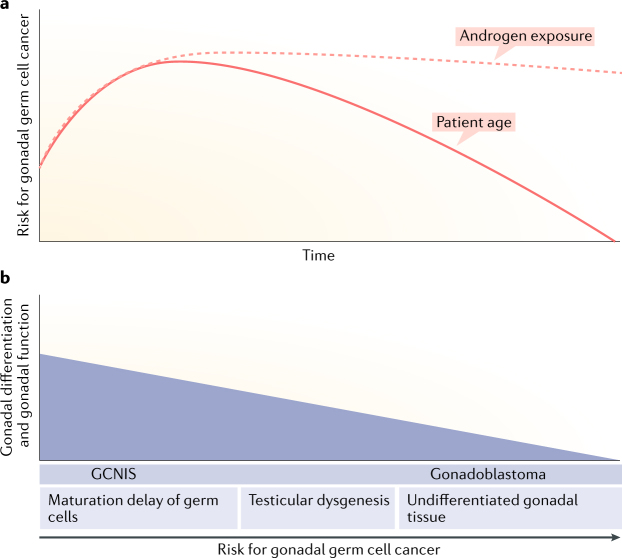Fig. 3. Factors influencing germ cell cancer risk in individuals with 46,XY or 45,X/46,XY DSD.
a | Testicular germ cell cancers in the general male population have a peak incidence in late adolescence and early adulthood, as represented by the incidence projection curve (solid pink line), possibly related to the rise in androgen exposure from puberty onwards (pink dashed line, representing this hypothetical relation); this age distribution seems to be similar in individuals who have a difference of sex development (DSD). b | The risk of gonadal germ cell cancer in individuals with a 46,XY or 45,X/46,XY DSD is related to the degree of differentiation (or ‘testicularization’) of the gonads, which can be derived from histopathological and immunohistochemical characteristics, such as the overall morphological aspect, maturational disturbances of the germ cells, inappropriate presence of pluripotent germ cells and impaired Sertoli or granulosa cell differentiation. Germ cell neoplasia in situ is the expected precursor lesion in gonads with testicular differentiation; gonadoblastoma is typically observed in highly undifferentiated gonads. The risk is believed to be greater in abdominal than in inguinal or scrotal gonads. Genetic predisposition (for example, by the combined presence of testicular germ cell cancer-related single-nucleotide polymorphisms) can further modify the risk of gonadal germ cell cancer78,83. GCNIS, germ cell neoplasia in situ.

